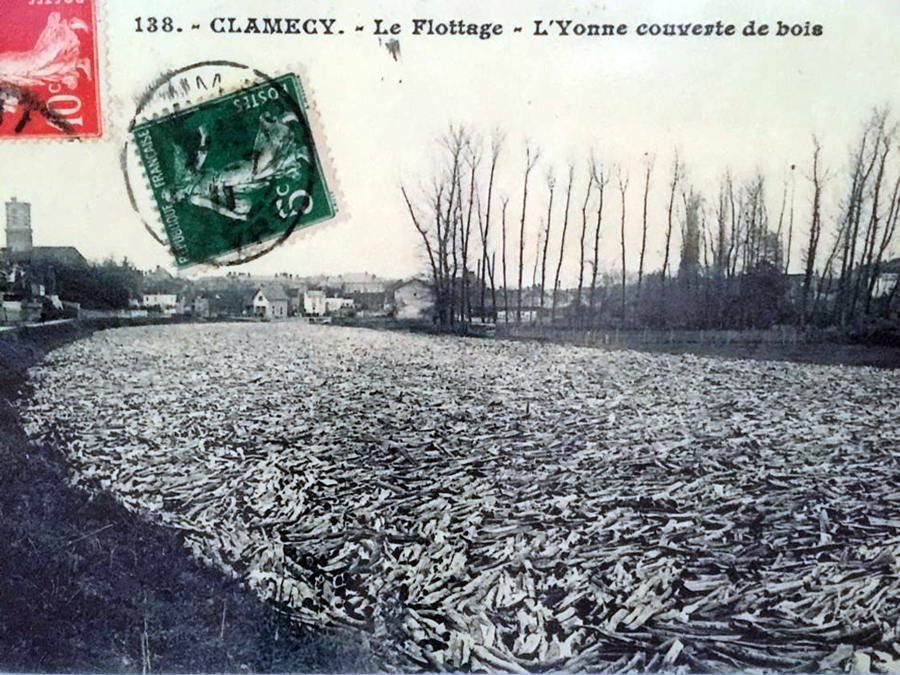History of the Nivernais
The Nivernais Canal is an amalgamation of manmade canal and the River Yonne. The River Yonne flows from South to North and starts in the large Morvan forest until it joins the Seine, en-route it flows through the now city of Auxerre, which was once a flourishing Gallo-Roman trade centre, due to being on both the river and Via-Agrippa road network.
The Yonne valley is blessed with plentiful resources of wood, stone and wine, supplying many of the materials for the building of Paris. The River Yonne was used for transport of these goods - Wood was lashed together and floated downstream (North) on the dangerous river currents towards Paris.
The Nivernais Canal was built to improve river transport on the River Yonne and to link the River Loire with the Seine. Work started in 1784 to create this link, and improve the ease of waterway transportation to Auxerre, improving efficiency than using solely the river currents. This was more of a continuous process of improvement until completion of how we know it in 1841. It is 174km long and has a total of 112 locks, South of Clamecy the maximum length is 30.15m and North of Clamecy to Auxerre is 38m, the beam is a consistent 5.10m.
French rail transport really began in 1827 and one year after the completion of the canal in 1842 a major government plan to exploit rail was created, to the almost instant demise of the canal. Due to further technological advances of road transport, there is no more freight transport on the canal, and it is entirely tourism and leisure that the Nivernais owes its survival to.
Hotel barge Luciole
Cruising since 1976
Phone: 00 44 1625 576880
From USA: 011 44 1625 576880
Email: info@bargeluciole.com
23 Adlington Road, Bollington
SK10 5JT England
1-2 Quai de la Republique, Auxerre
89000 France
© Hotel Barge Luciole 2026






